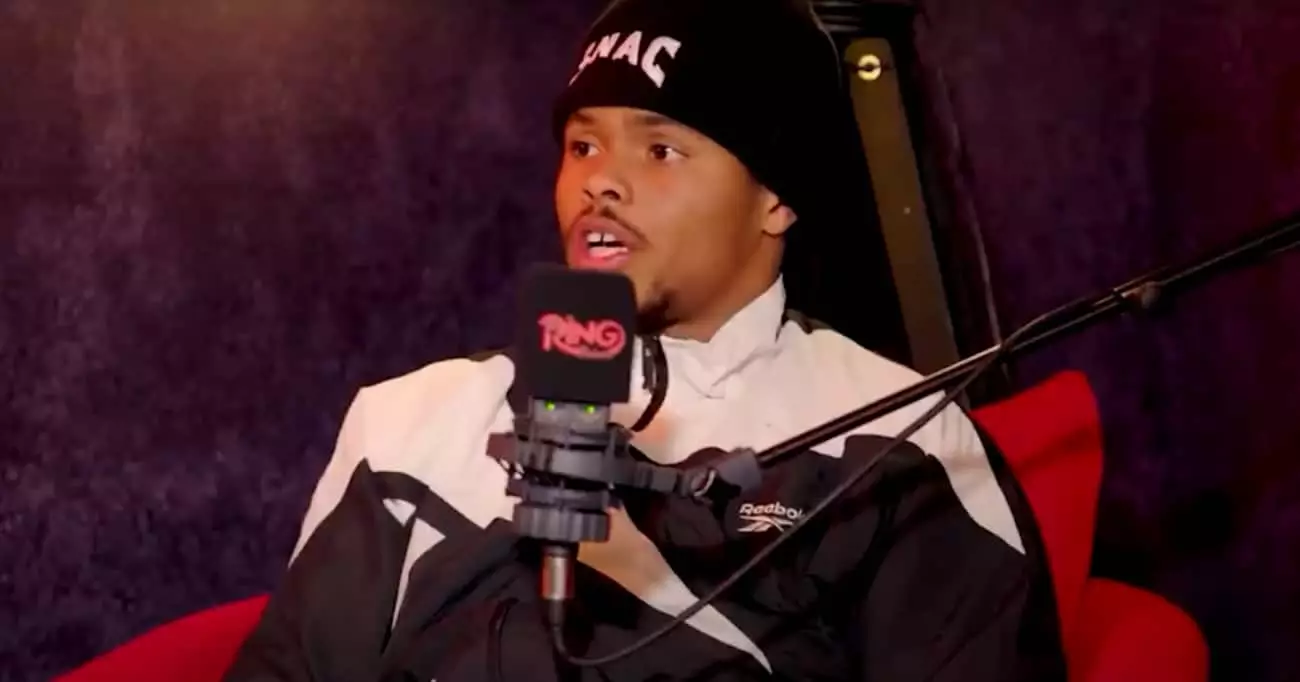In the realm of boxing, style and stance are crucial elements that often dictate the outcome of a fight. Shakur Stevenson’s confident assertion that Terence Crawford can beat Canelo Alvarez isn’t baseless; it’s rooted in a deep understanding of fighting mechanics and stylistic matchups. Stevenson’s analysis hinges on a vital detail—Canelo’s struggles against southpaw opponents. Watching Canelo falter against John Ryder, a southpaw himself, revealed a vulnerability that can be exploited. In boxing, southpaws present a unique challenge because their stance disrupts the conventional rhythm most orthodox fighters are accustomed to. This can lead to positional advantages and openings that even a power puncher like Canelo finds hard to navigate.
Crawford, a switch-hitter but predominantly a southpaw, possesses a stance that could neutralize or even outmatch Canelo’s aggressive style. This isn’t just speculation but a strategic insight rooted in boxing fundamentals. A fighter’s stance isn’t merely a position—it’s a weapon. Crawford’s Pacific style and switch-hitting ability make him a flexible, unpredictable threat. Should he choose to stay in his natural southpaw stance, Canelo’s orthodox approach might struggle to find consistent openings, potentially turning the fight’s momentum in Crawford’s favor.
Physicality and Experience: The Critical Factors
However, style alone doesn’t guarantee victory. The looming question is whether Crawford’s technical finesse can overcome the significant physicality and experience gap at 168 pounds. Moving up two weight classes is a daunting task, and Crawford’s decision not to undertake a tune-up at super middleweight raises eyebrows. His debut at 154, though promising, exposed vulnerabilities against larger, more powerful opponents. That fight against Israil Madrimov illuminated potential limits—Crawford might not possess the raw power to dominate larger punchers consistently. It’s a gamble to leap into a superfight without adequate preparation against the unique challenges of the division, especially against a star like Canelo, known for his devastating power and relentless pressure.
Furthermore, the influence of external factors—like Turki Alalshikh’s support—highlight the importance of strategic backing in shaping such high-profile matchups. Crawford’s rise is not solely about talent but about navigating a complex network of opportunities and challenges. His status as a true southpaw, combined with his skill set, offers a theoretical advantage. Still, the reality of facing a seasoned, power-hitting champion at 168 cannot be overlooked.
The Reality of Power and Experience in Challenging Divisions
While Stevenson’s optimism about Crawford’s chances is compelling, it arguably overlooks the brutal realities of competing in a heavier weight class. Canelo’s weight jump signifies a strategic elevation, and his power, coupled with his experience at this critical level, could nullify Crawford’s finesse. It’s one thing to exploit stylistic vulnerabilities against a fighter like John Ryder; it’s another entirely to withstand the thunderous punches of Canelo, who has proven he can outfight and outpunch opponents at 168.
Moreover, the narrative that southpaws pose a special problem for Canelo is interesting but not conclusive. Fighters improve, adapt, and adjust. Canelo’s past fights demonstrate his capacity to learn and counter various styles. But, within this contest, Crawford’s Latin counterpunching and lateral movement could indeed cause discomfort for Canelo, especially if Crawford maintains his southpaw stance throughout. Yet, it’s naive to dismiss Canelo’s robustness and experience, which have transformed him into one of the sport’s most formidable champions.
The upcoming fight embodies a clash of styles and philosophies—an opportunity for Crawford to demonstrate whether his technical brilliance can overtake brute force. Regardless of whether he’s at his peak or facing the challenge of his career, this bout promises to be a test of adaptability, resilience, and the true meaning of boxing greatness.

